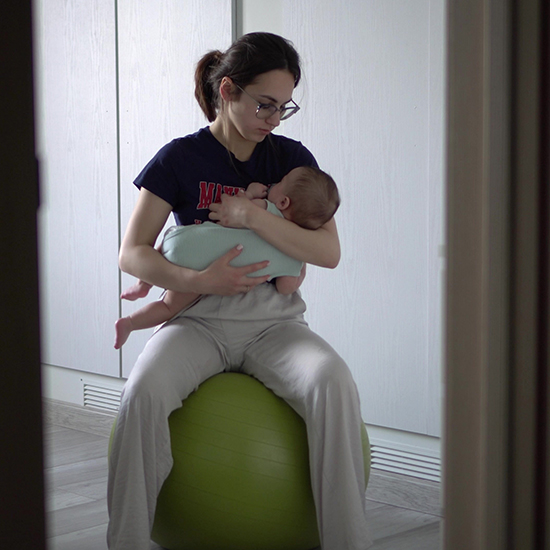Taking care of yourself is important too! It’s okay to take a break sometimes, even if it’s just for a few minutes. Parenting is hard work, and every baby is different. Don’t be afraid to ask for help when you need it.

A Parent’s Guide to Colic
- Home
- Live Well Blog
- A Parent’s Guide to Colic
May 8, 2024
Infant
All Babies Cry
All babies cry, but what if the crying is really, really intense? Well, it may be colic. Colic is more than just regular fussiness or crying. It’s when a baby cries a lot, really loud, and really intense at least 3 days a week, for over 3 hours each time. The crying usually starts around the same time every day, often in the evenings.
Babies with colic seem to cry for no reason at all. They keep crying even after trying things that usually help, like feeding them or holding them. Their crying sounds different, too – it’s like they’re in pain, and they might seem stiff or arch their backs.
Colic usually starts when babies are between 2 to 6 months old, but it can start earlier. It can last for several weeks and might even get worse before it gets better. The exact reason why babies get colic is not known, but it may be in part because their nervous system isn’t fully developed yet, or they’re having trouble soothing themselves. It could also be tummy troubles like gas or reflux, or even an allergy to something in their milk.
Having a baby with colic can be really tough on parents!
You might feel like nothing you do helps, and it can be exhausting and stressful. Some parents even feel frustrated or angry. Talk to your baby’s doctor or reach out to friends and family. Remember, shaking or hurting a baby is never okay, no matter how upset you are. If you feel like you might lose control, put your baby down in their crib and step away.
Call someone you trust for help right away!
If your baby has colic, relief is possible!
Here are a few things to try:
Swaddle your baby snugly in a blanket or hold them close to your body.

Swaddle your baby snugly in a blanket or hold them close to your body.

Gently rock your baby or take them for a ride in the car.
Try holding your baby in different positions or making soothing sounds with singing or shushing
